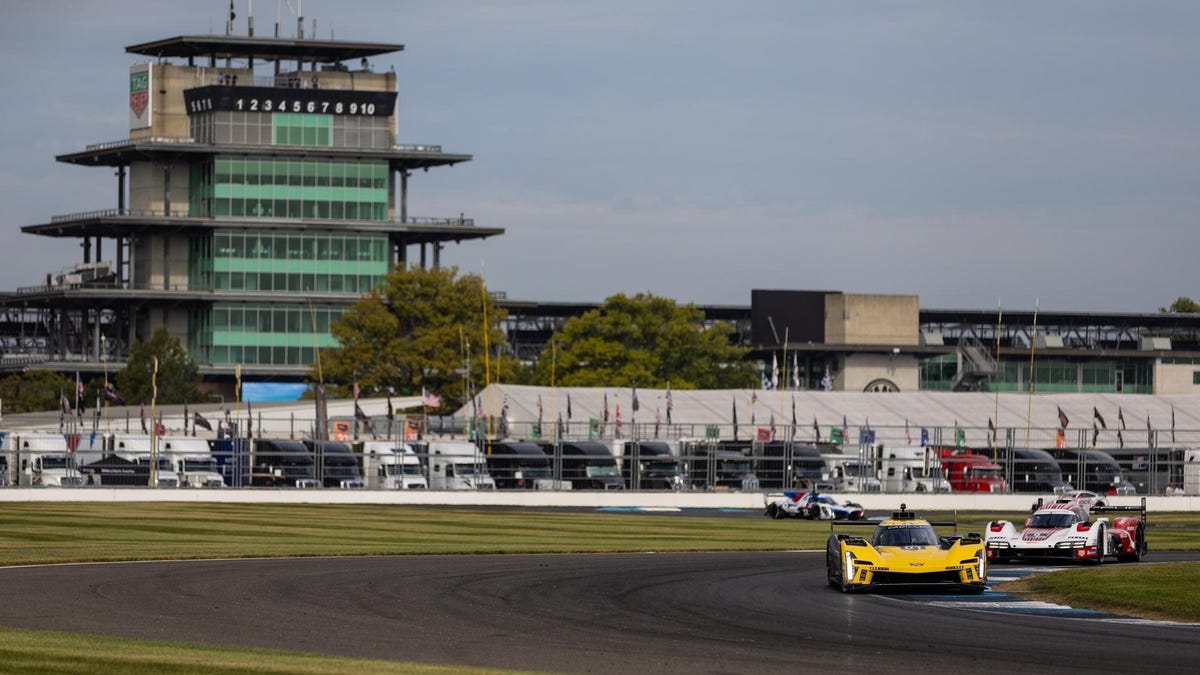Enthusiasm for motorsport is on the rise. The on-track action is as exciting as it has ever been, with international participation from major sports car and luxury manufacturers drawing tons of eyeballs. Long-term sustainability for the sport and tons of new fans joining in makes everything better for lifetime fans like you and I. Every race seems to end in a knock-down-drag-out fight to the flag—except F1, which is exciting for other reasons—and turning casual fans into lifers. The best time to get into racing was when you were a kid, but the second best time is right freakin’ now.
The 2008 financial crisis seemed to take the wind out of racing’s sails a bit, and series have been walking a tightrope since then to mixed results. But recent trends indicate most series are seeing bigger grids, better competition, and some seriously packed grandstands at these races. More cars on track and simplified rulebooks tends to mean closer racing, which draws more fans to the track and to watch on TV. The community itself is growing, meaning more eyeballs, meaning more sponsors, meaning more new teams. It’s a growth spiral that doesn’t show any signs of ending any time soon.
After the highs and lows that racing fans in the U.S. have seen over the last thirty years, those of us lifers who have been around since before the dark economic recession days were beginning to think we’d never see the good days again. That maybe we didn’t deserve it, but here we are. Maybe this explosive growth is driven by interest in Formula One trickling down to other open wheel and sports car series, or maybe people are just finding each of them compelling in their own right. Regardless, we’re seeing the result, and it’s encouraging for the future of the sport.
Obviously my own experiences are anecdotal and not necessarily data, but I’ve attended the last two Indianapolis 500 Mile races, the last two Daytona 24 Hour races, a smattering of other regional races, and last year’s Formula One US Grand Prix at COTA. All of them were totally packed to the gills, much more than previous visits have shown. The IMSA grid walks are shoulder to shoulder. The IndyCar grandstands are a few hundred thousand people deep. F1 keeps setting attendance records in the U.S. to the point that there are three events here, and general admission tickets still bring thousands of dollars.
Ahead of what is sure to be an absolute banger of a 2024 season, IMSA has already announced a record-setting 48-full-season entry list, beating this year’s grid by nine. By making the sport a little simpler and compelling more manufacturers to join, IMSA has filled its grid with some serious factory-backed efforts. Entering its sophomore year, the GTP class gains a pair of full-season Porsche privateer efforts. As many as 57 entries are expected for the endurance cup rounds, and IMSA expects over 60 cars at the season-opening Daytona 24.
IMSA is closing in on its sixth year of a six year television deal with NBC. Every year of that deal has seen increased viewership across terrestrial broadcast television channels and streaming service Peacock. This year’s Daytona 24—the debut race for the new GTP class, featuring competition from Cadillac, Acura, BMW, and Porsche—saw double-digit growth in viewership, peaking at 1.2 million sets of eyeballs.
America’s top open-wheel series, IndyCar, saw its most-watched season in over a decade, also on NBC platforms. The 17-race season saw viewership increase by two percent across the board, with 1.32 million people watching an average race. The Indy 500, across NBC and Peacock, was seen by just shy of five million people, the most viewers for that race since 2008. Likely by no sheer coincidence, that race saw the fastest speeds in Indy history, and some of the closest competition ever. It didn’t hurt that Alex Palou, Scott Dixon, and Josef Newgarden delivered serious quality racing, and there was always a question as to who would win, despite 15 of 17 races being won by Chip Ganassi Racing or Team Penske drivers.
It goes without saying that Formula One is blowing up in the U.S. as it has been since 2020 and the advent of Drive To Survive. In 2022 the series enjoyed an average of one million American viewers on ABC and ESPN (a contract which runs through 2025.) Despite the fact that the Miami track kind of sucks, and the Las Vegas race goes green at damn midnight local time, the fact that we have three Grands Prix in the U.S. for the first time ever is not lost on me.
This is truly a great time to be a motorsport enthusiast in the U.S. There’s just so much good racing going on, and there are so many great ways to watch it. I recommend attending a few in person if you can, because there’s nothing quite like seeing the mega hybrid prototypes of IMSA or the insane speeds of IndyCar, or the spectacle that is Formula One. If you’re not already a fan, give it a shot. You might like what you see.

